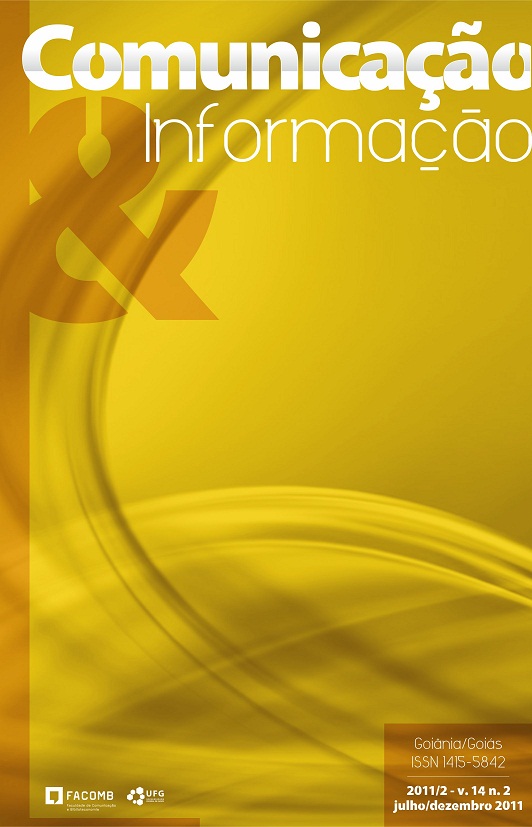Advertising communication ante the negotiation of identity:The interaction between the Mexican housewives and the television ads
DOI:
https://doi.org/10.5216/c&i.v14i2.22449Keywords:
Advertising Communications. Identity. Symbolic Appropriation.Abstract
This paper presents a brief overview of an empiric study that aims to understand the role of advertising communication in the process of identity self-conformation of the Mexican housewives that lives in México City. Particularly, we have focused our attention in studying the specific interaction between these women and the television ads as an important source of meaning and identity referents to build their selves. We have intended to identify the way in which the female housewives relate to the televised advertising, so that we can visualize its role in the continued process of sel-perception. In Mexico, as in many places around the world, the globalized market and the advertising industry think of the female women as an important TV audience, and as key target in the domestic-family context. Important decision takers, they are exposed to an infinity of advertising messages especially thought to persuade them to consumption. Our specific interest in the housewives subjectivity and individual identity comes precisely from the disenchantment that generates the reduced conception of the women as only a target. It´s not necessary to clear that they are much more than just that.Downloads
Published
How to Cite
Issue
Section
License
Os autores dos trabalhos publicados na revista Comunicação e Informação retêm os direitos autorais sem restrições e concedem à revista o direito de primeira publicação, com o trabalho simultâneo licenciado sob a Licença Creative Commons Atribuição-NãoComercial que permite o compartilhamento do trabalho para fins não comerciais com reconhecimento da autoria e o privilégio de publicação primeiramente por esta revista. Caso o texto venha a ser publicado posteriormente em outro veículo, solicita-se aos autores informar que o mesmo foi originalmente publicado como artigo na revista Perspectiva, bem como citar as referências bibliográficas completas dessa publicação.
Os direitos autorais dos artigos pertencem aos autores e o conteúdo dos artigos assinados é de responsabilidade exclusiva dos autores.
A revista se reserva o direito de efetuar, nos originais, alterações de ordem normativa, ortográfica e gramatical, com o intuito de manter o padrão culto da língua, respeitando, porém, o estilo dos autores.
A revista também se reserva o direito de traduzir o artigo, no todo ou em parte, para o inglês ou para o português, dependendo do idioma em que o artigo tenha sido escrito originalmente.



